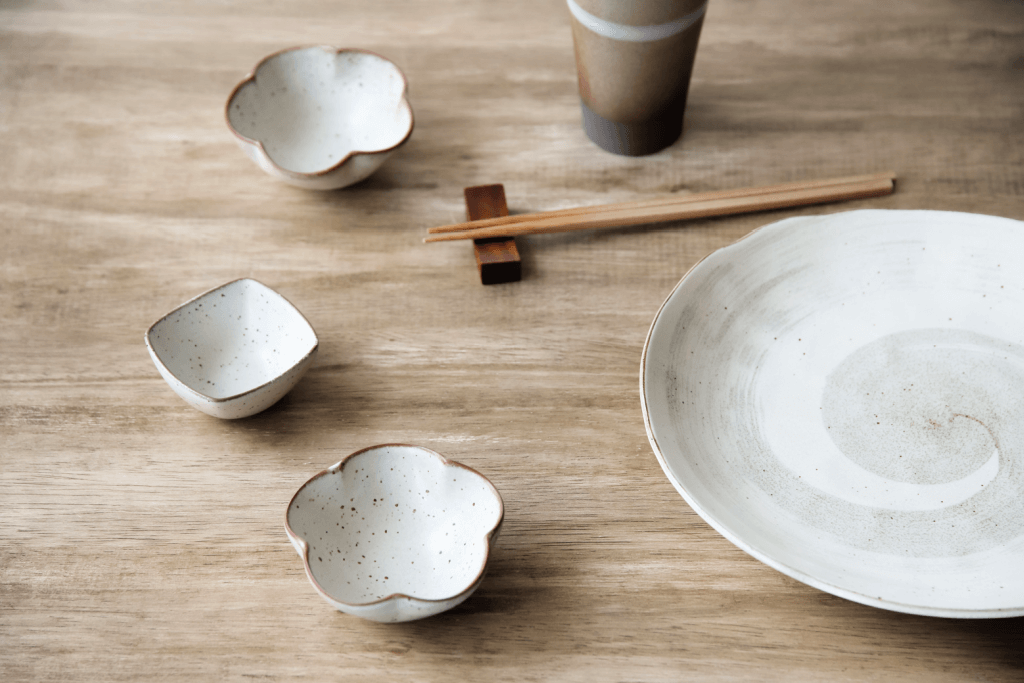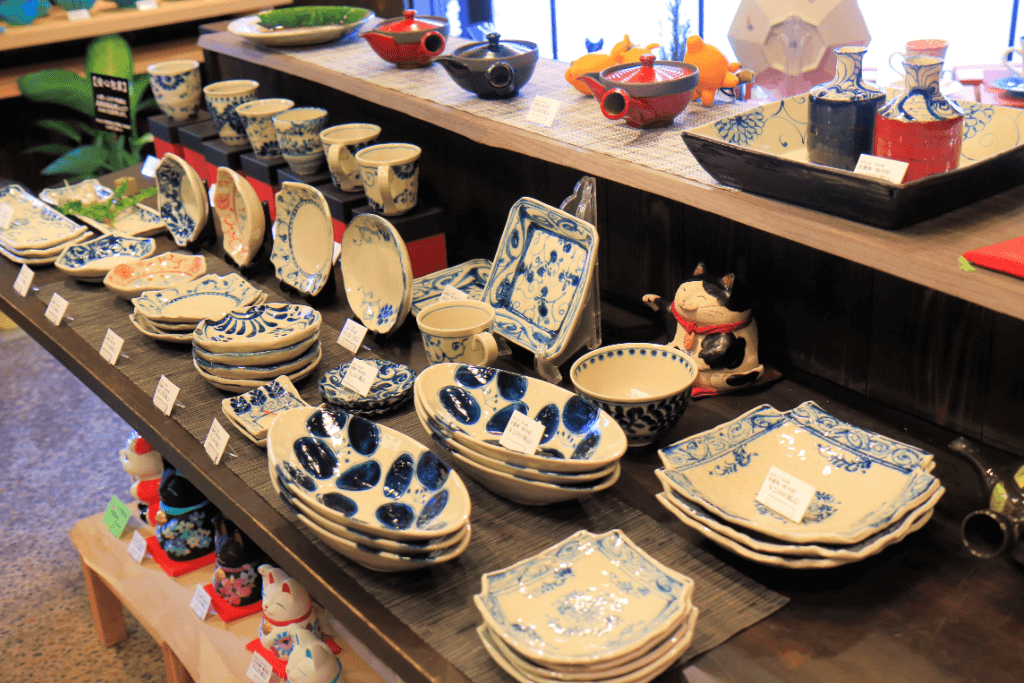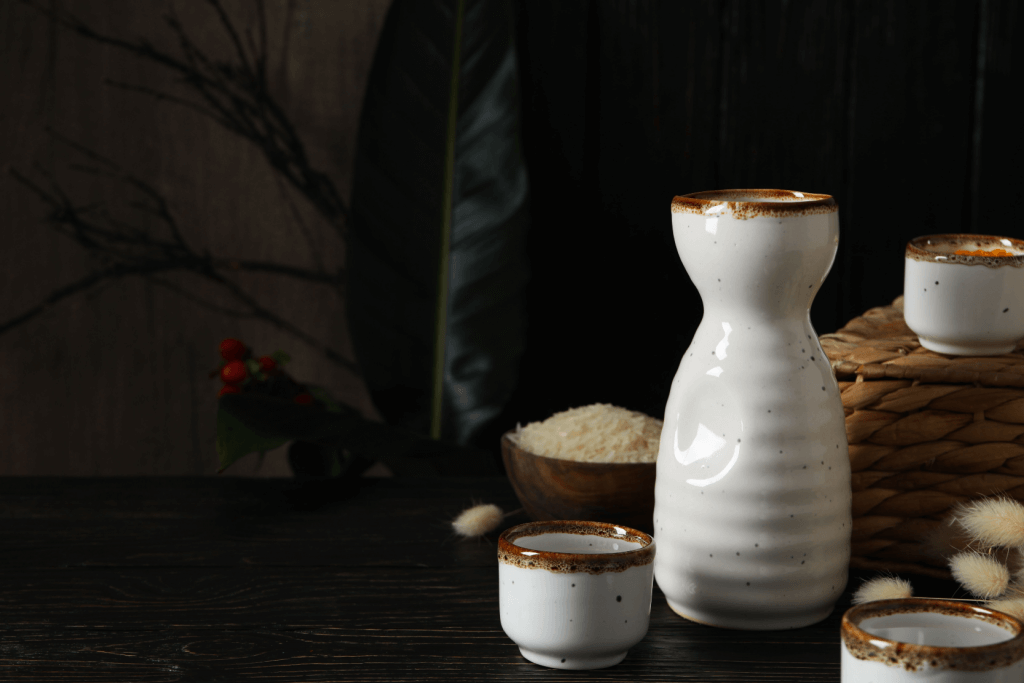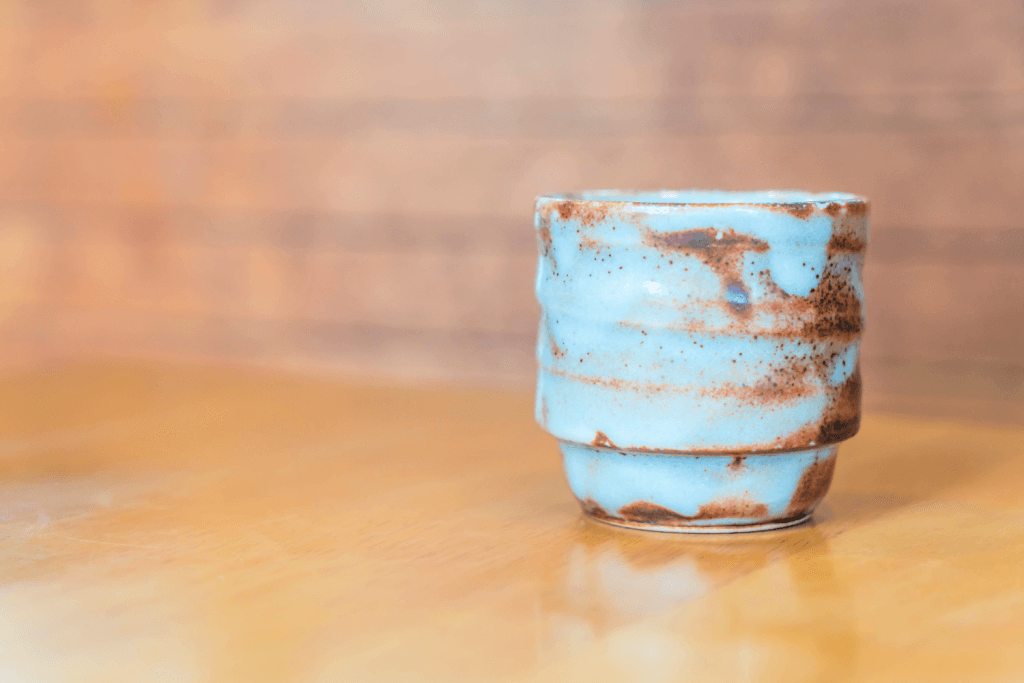Pottery making is one of the oldest professions of human existence. Taking raw earth and crafting it into vessels that store food and water became crucial to human civilizations’ survival, expansion, and development. As the ability to create pottery and ceramics for home décor and other non-critical purposes grew, so did the ability to craft gorgeous art pieces.
Pottery has long since been a traditional aspect of countless cultures across the globe, with the history of Gifu ceramics in Japan no different. Regarded highly throughout the country since their conception, the pottery and ceramics that were made in Japan’s Gifu prefecture have become famous pieces of art. Possessing both beauty and functionality, these ceramic goods have come to define what Japanese pottery is. For those looking to learn more about a prevailing piece of Japanese history, Mino ware is a beautiful place to start.
Table of Contents
ToggleWhere is Gifu Prefecture?
Gifu prefecture is located in the central region of Japan, in the Chubu region of Honshu. It’s one of only eight land-locked regions in Japan and has been a central region throughout Japan’s history. It served as a primary crossroads of Japan in times of antiquity. It was also the home of Oda Nobunaga and Saito Dosan, two of Japanese history’s most famous and vital figures.

The importance of this region cannot be understated as the classic phrase, “Control Gifu and control Japan,” was coined for a reason. Gifu prefecture also became famous for the unique ceramics made over 1000 years ago, primarily in Kani. Today, Gifu is the center of population in Japan, with a population of over one million people, and is still famous for the pottery and ceramics goods it produces.
What is Mino ware?
Potters in Mino Province crafted a variety of ceramics, including bowls, utensils, serving dishes, and tea ceremony items, all falling under the umbrella term ‘Mino ware.’ Instead of a specific type of pottery defining Mino ware, it denotes goods crafted within the region. What distinguishes these goods is the diverse styles associated with them and the consistent quality they have maintained.

What is the most common style of Gifu ceramics?
Traditionally, four distinct styles of Mino ware became popular over the years. Ki-Seto ware was pottery with predominantly yellow color schemes. Setoguro ware was black in style, simple yet elegant. Shino ware was a bit more complex, with white autumn grasses adorning it.
Finally, the fourth style was Oribe ware, which uses green and black coloring. Of all the four styles, the Oribe style became the most popular when feudal daimyo lords favored it. Even today, Oribe ware is still the most popular of all Mino ware styles.
Are you looking for great snacks from places like Gifu Prefecture? Check out Sakuraco! Sakuraco delivers traditional Japanese snacks, teas, sweets, and snacks from local Japanese makers directly to your door so you can enjoy the latest treats directly from Japan!
Do people still make Mino ware today?
Artisans continue to craft Mino ware today, making it easily accessible. The integration of mass production methods during the late 18th and early 19th centuries in the Meiji Period simplified the process of crafting Mino ware. Some regard Mino as the gold standard for Japanese tableware, highlighting the quality and longevity of the ceramics, which remains a significant factor in its continued production.

What makes this pottery from Gifu so unique?
Mino ware has a history in Japan that dates back 1300 years. That is an incredible amount of time and sets a precedent within the Japanese ceramics industry. Like many things in Japanese culture, Mino ware is living history. It was created using anagama kilns, which are particular mountainside kilns. While ceramics are not made the same way today, using Mino ware helps keep that rich history alive. Another outstanding feature of these ceramic goods is that fifteen different types of ceramic ware can be classified as Mino ware.

For many, Gifu ceramics are the definitive style of Japanese ceramics and the standard to which all others are held. There are no wrong ways to use it, either. The bowls and plates are suitable for daily use. If not used for daily eating, the various dishes and bowls can be used for their aesthetic purposes, making excellent decoration. Whether for practical use or interior design, Mino ware is an indispensable component of daily Japanese living.
Do you own any pieces of Mino ware? Where did you get them from? What kind do you have, and what do you use them for? Do you have a particular favorite style, or do you like them all? Please let us know in the comments below! We’d love to hear how you help keep traditional Japanese art alive!











